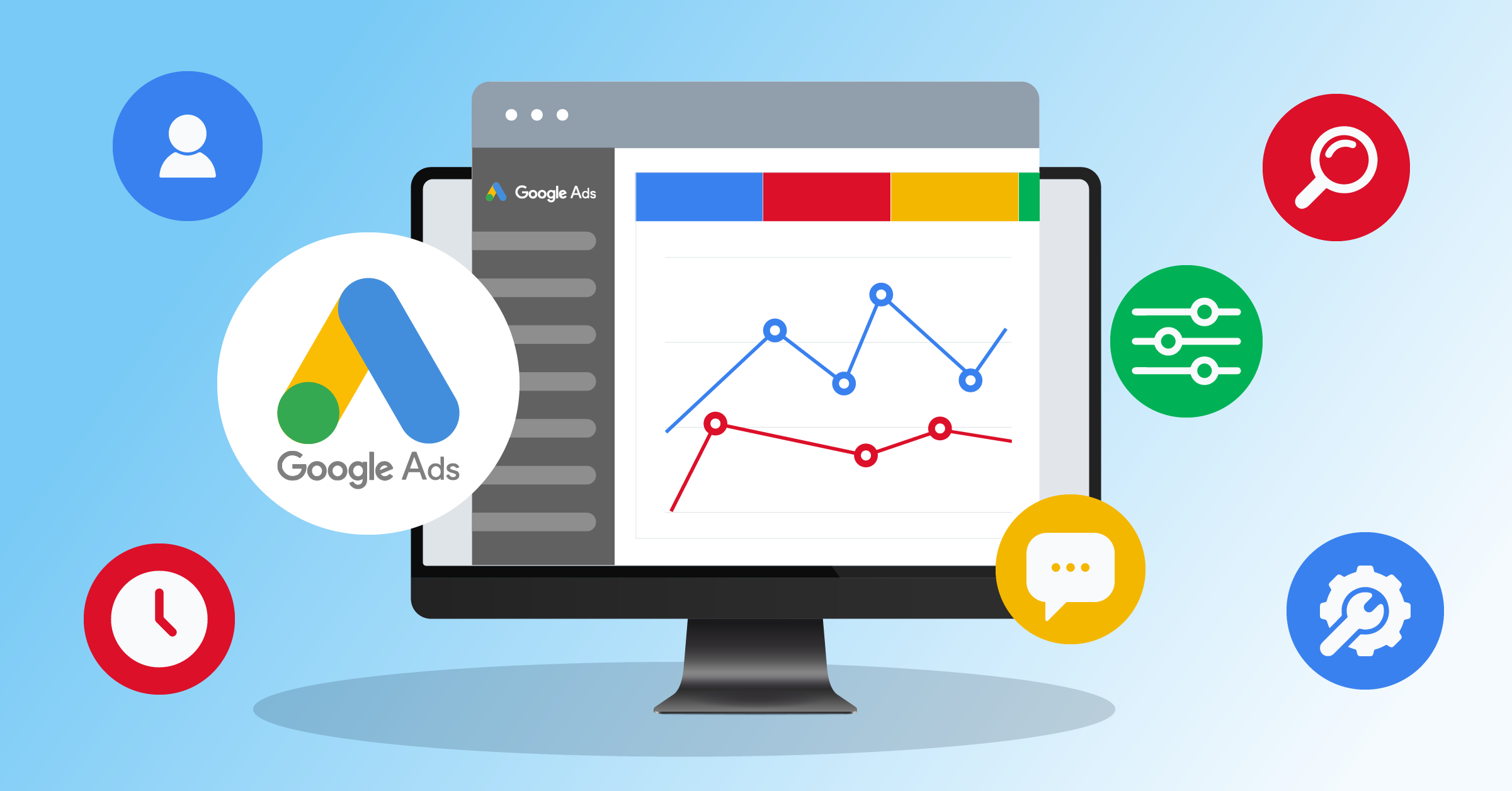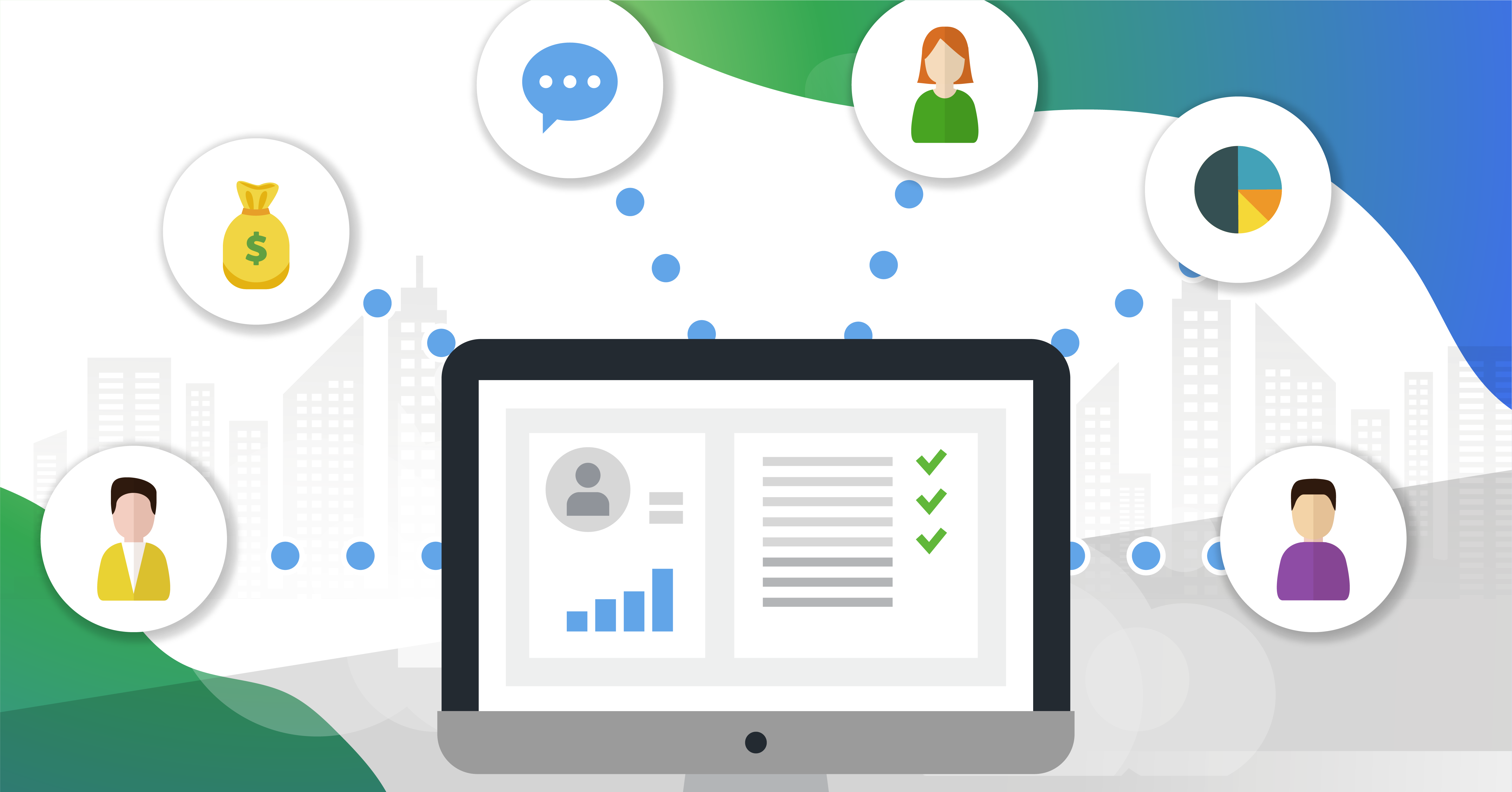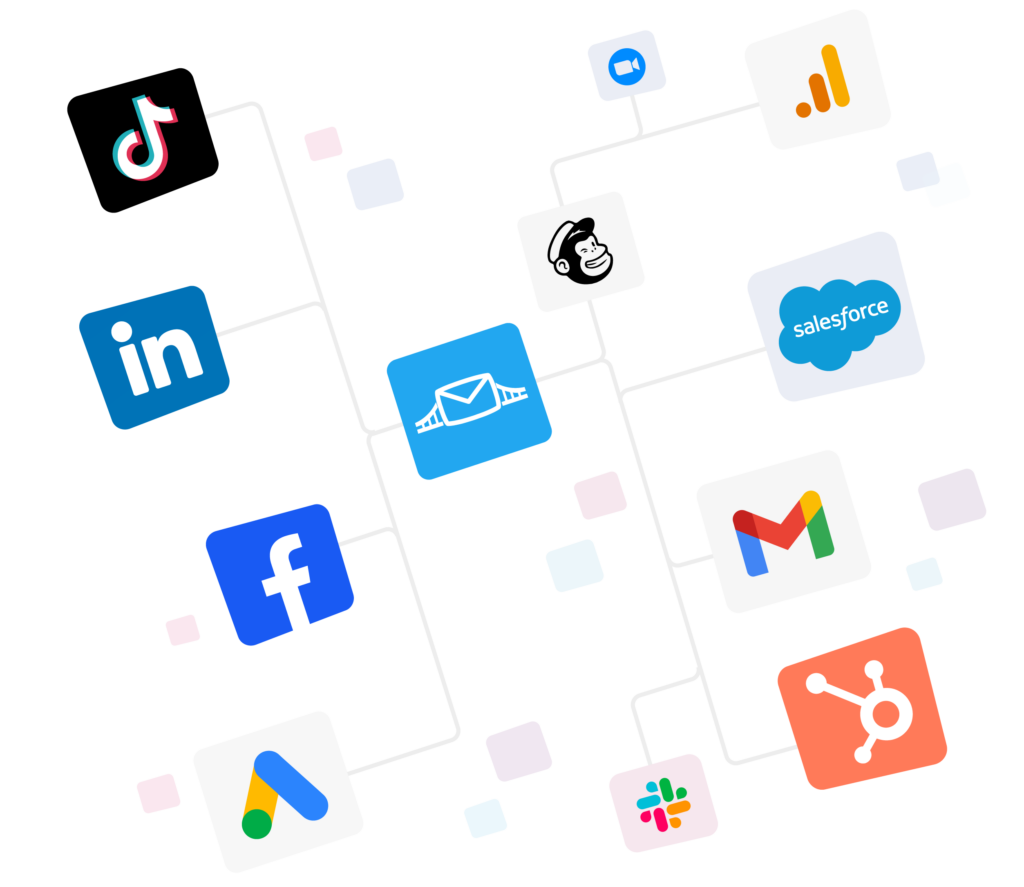
Google processes around 8.5 billion searches every day.
Most of those searches are from people trying to solve a problem, compare options, or buy something.
That’s the real benefit of advertising on Google Ads. It lets you show up exactly when someone is already looking.
Are there more advantages to using these? How can you actually tap into these benefits?
And should you consider other platforms, say, Facebook Ads vs. Google Ads?
In this guide, we’ll cover the top five benefits of Google Ads, especially the benefits of Google Ads for small businesses.
Also, how to turn those benefits into automated integrations, so the data you work so hard to get doesn’t go to waste.
What is Google Ads?
Google Ads is Google’s platform that lets you pay to show your message across:
- Google Search results
- YouTube
- Partner sites and apps in the Google Network
You pay mostly on a cost-per-click (CPC) model, which means you only pay when someone actually clicks on your ad.
Compared to SEO (which can take months), Google Ads can put you in front of high-intent users in hours.
That’s the core benefit of advertising online with Google Ads. You can get speed plus intent, given that you follow Google Ads best practices.
Top 5 benefits of Google Ads
Now, let’s talk more about what they offer.
1. You reach people exactly when they’re ready to act
Biggest of all the benefits of Google Ads is user intent.
People don’t search “emergency plumber near me” for fun.
They’re ready to call someone and fast.
Google search ads let you show up at that exact moment, on top of the results.

With billions of searches a day, that’s a lot of in-market demand you can tap into.
This is especially powerful for small businesses because it lets you:
- Local services can show up only in relevant areas.
- You pay only when someone clicks.
- You can focus on keywords that show buying intent.
If you want to see what this looks like in action, take a look at these Google ad examples.
2. You control spend and can prove ROI
Worried about your Google Ads budgeting? One of the underrated benefits of advertising on Google Ads is how much control you have over money:
- You set a daily budget.
- You choose how much you’re willing to pay per click or per conversion.
- You can pause or change campaigns instantly.
You can start small, test, and scale only what actually brings in the revenue. However, you need a system that helps you track your conversions.
What you can do is set up an automated conversion tracking system.
This setup also allows you to review your Google Ads costs and cut keywords that use up your budget without conversions.
All you need to do is:
- Set up Google Ads conversion tracking with Google Tag Manager
- Install a Google Ads conversion tag on your website
3. You get precise targeting and remarketing
When people talk about the benefits of Google Ads for small businesses, this is usually what they mean. You can be really picky about who sees your ads.
Google Ads lets you target by:
- Search intent (keywords)
- Location and language
- Device, time of day, demographics, and interests
- Past behavior, like people who visited your site or watched your videos
You can also run remarketing campaigns. Ads that follow people who visited your site, clicked your ad, or engaged with your brand.
Sound remarkable? Because they are! These tend to convert better because you’re talking to people who already know you.
Here’s all you need to know about retargeting vs. remarketing.
Now add Customer Match to that mix. Customer Match lets you upload first-party data (emails, phone numbers, etc.) and show ads to:
- Existing customers
- High-value segments
- Lapsed customers you want to win back
Instead of manually exporting and uploading lists, automated integrations help you:
- Sync your CRM, email, or sales tools with Google Ads automatically.
- Keep your Customer Match audiences always up to date.
- Build proper segments
4. You get measurable feedback and can improve constantly
Google Ads shows you almost everything:
- Which keywords bring conversions
- Which ads get the best click-through rates
- Which campaigns drive real sales
Another benefit of Google Ads is the speed with which it provides feedback. Test a new idea today and have enough data to judge it in just a few days.
This means you can treat your account like a lab and optimize as you go. To make this actually work, you need:
- Clean Google Ads campaign structure so you know which changes did what.
- A habit of checking against a Google Ads checklist.
- Running regular tweaks using a Google Ads optimization checklist.
Also, learn thoroughly about all the ad types and their intended uses.
For instance, Google Discovery ads are used for targeting people when they are not actively searching. Or using YouTube lead ads for collecting lead data on video content.
5. You can automate your workflows
Modern Google Ads is not as much about micromanaging bids. All the top advertising platforms work best when you feed their machine the right data.
Google’s AI uses broad match, Smart Bidding, and the signals you collect (device, time, location, intent) to automatically match your ads to the right queries and set bids in real time.
The biggest benefit of advertising on Google Ads is perhaps giving you a powerful optimization engine for free. All these features are designed to improve your Google Ads’ lead quality down the line.
Nevertheless, a robust Google Ads strategy still considers providing enough data to the platform and specifying the right goals (CPA, ROAS, etc.).
It’s best to use a Google partner integration provider for your automation in order to:
- Send new leads from Google lead forms and other ad placements into your CRM or marketing tools instantly.
- Keep your audiences up to date, so Smart Bidding learns from current customer behavior.
Keep in mind that if you’re using AI bidding but not sending back full-funnel data, you’re confusing the algorithm. You’re telling Google, “Optimize this…” with half the truth.
How LeadsBridge adds to your Google Ads benefits
LeadsBridge is built specifically for advertisers.
It connects Google Ads with the tools you already use (CRM, email service, marketing automation, call tracking, POS, and more) so your ad data actually moves where it should.
- Google Ads lead form extensions integrations
This integration sends your leads from Google lead form ads into your CRM or marketing tools in real time.
Once you set up the automated data bridge, the incoming lead triggers instant workflows that nurture them toward the next steps. These could be email sequences, sales alerts, or lead scoring.
You follow up while the lead still remembers who you are. How does this affect your close rates? Get in touch within the first 5 minutes, and you can increase your odds of getting a conversion nine times.
- Google Customer Match integrations
What it does is sync your customer and lead lists from tools like your CRM, ESP, and CDP into Google Ads.
Keeping your audience segments up to date, automatically (no outdated lists, no weekly exports), which powers advanced strategies like:
- Win-back campaigns
- VIP only offers
- Cross-sell and upsell for recent buyers
You can then optimize ROAS by spending more on the people most likely to buy, based on their first-party data.
Final thoughts
Those are the core benefits of Google Ads. But they only become actual revenue if your data flows seamlessly.
That’s where you need to depend on automation in your ad strategy.
Ready to make Google Ads actually pull its weight in your funnel?
Set up your automation with:
























